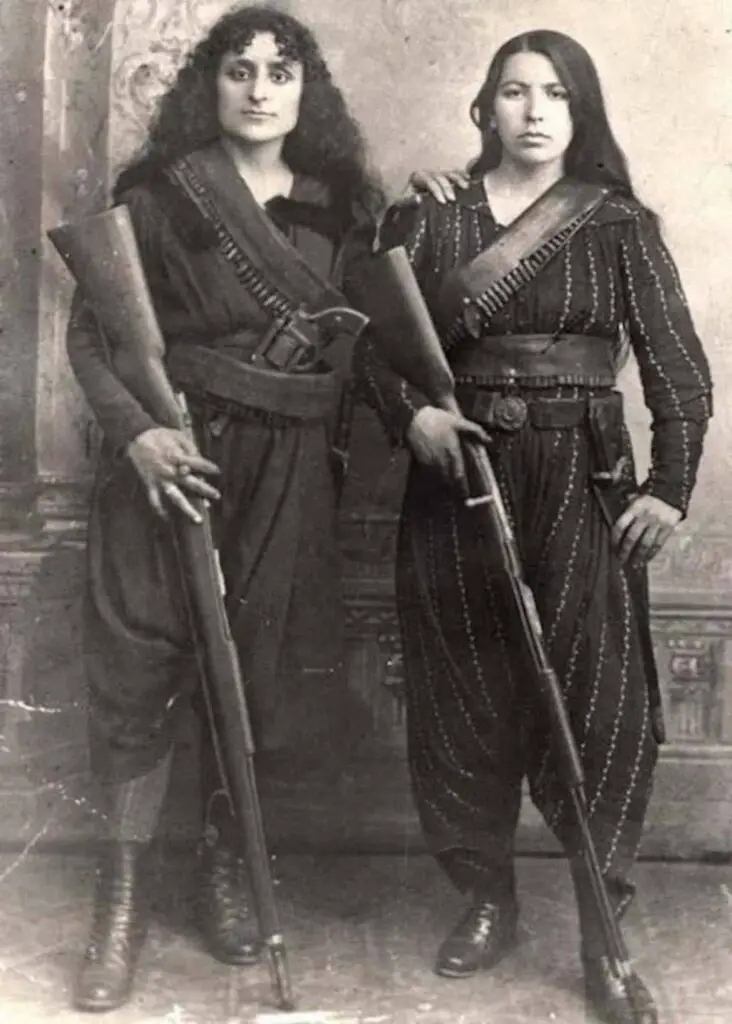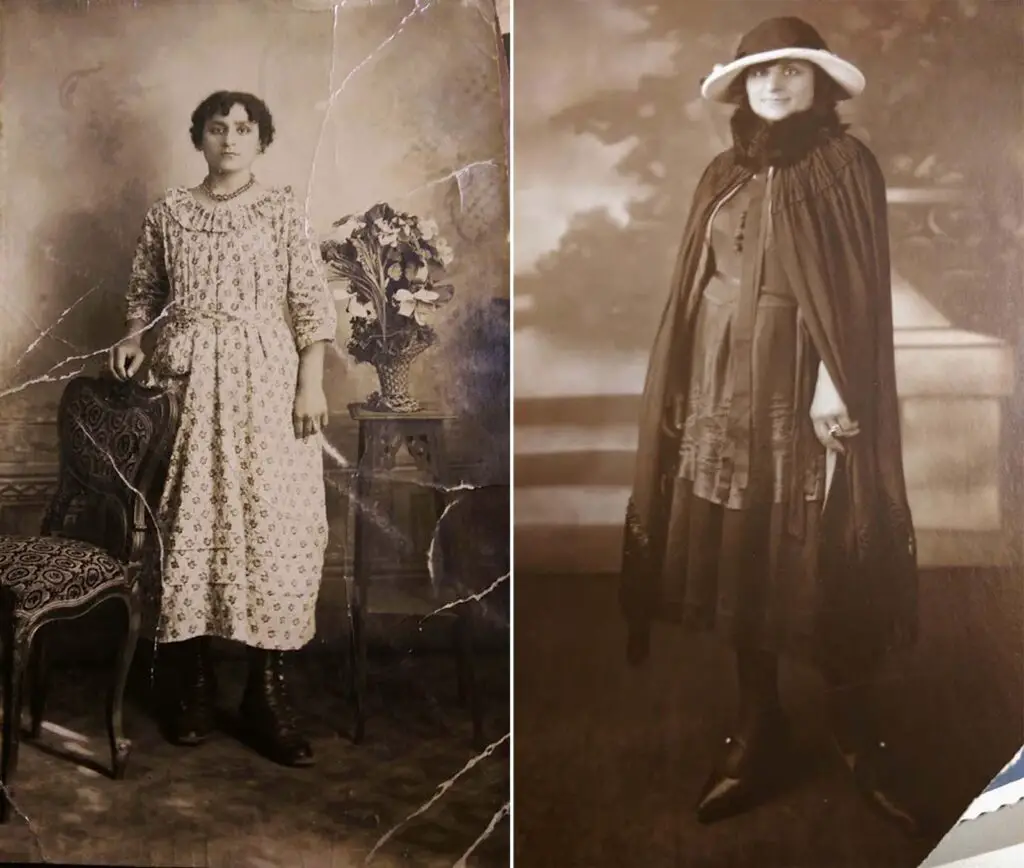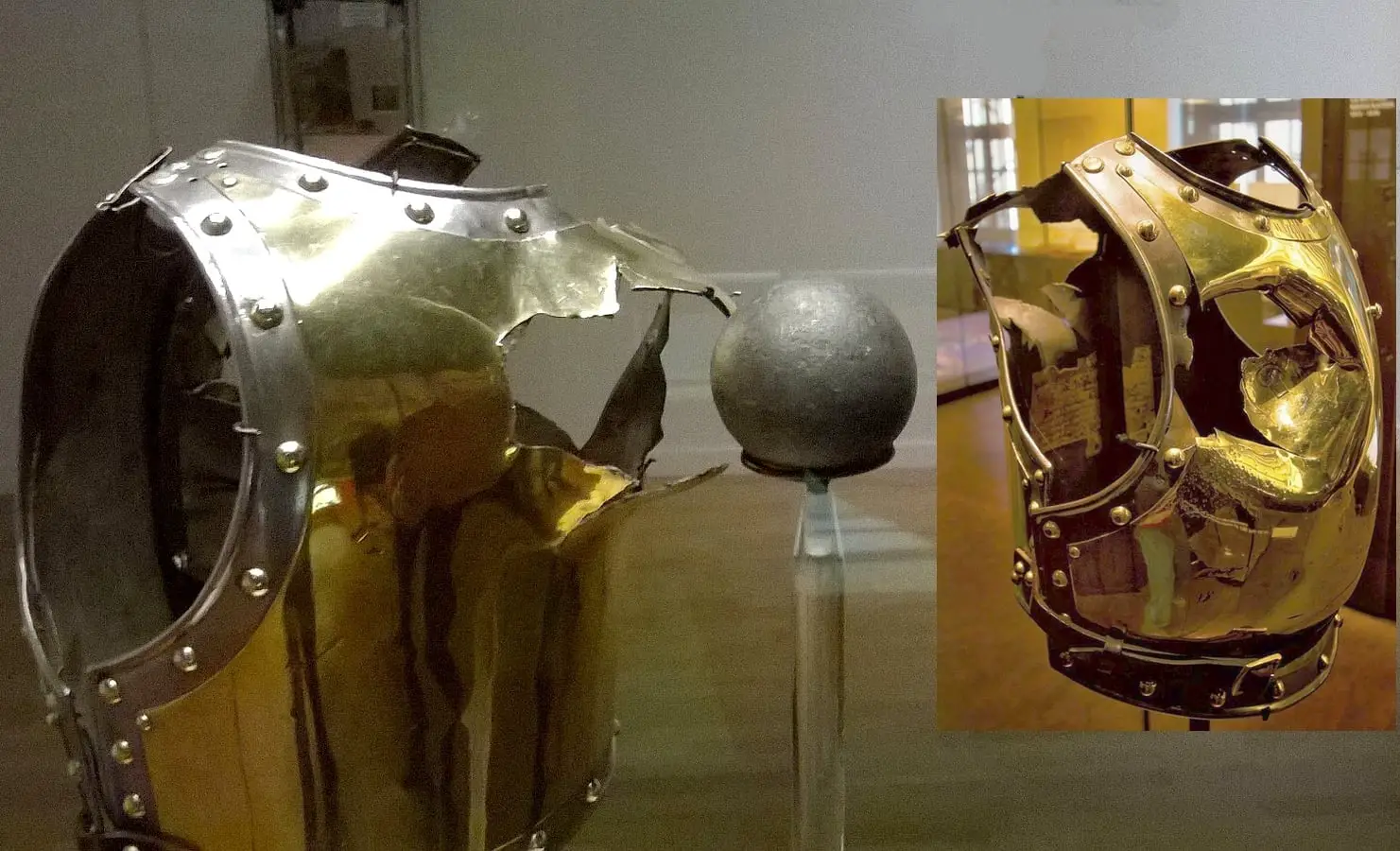The mysterious photograph depicting two Armenian women armed with rifles, taken amidst the Hamidian massacres of 1895, continues to fascinate and puzzle.
Captured during a harrowing time in the Ottoman Empire, which witnessed the massacre of thousands of Armenians, the image stands as both a symbol of resistance and a topic of debate.
Contents
Identification

The individual on the left of the photo above is recognised as Eghisapet Sultania, whilst the identity of her companion remains a mystery. Doubts persist over whether these women were actual combatants or merely posed for the photograph.
A note inscribed “souvenir” on the reverse of the original image further deepens the mystery, suggesting the photograph may have been intended as a personal keepsake or memento. Remarkably, both women outlived the turmoil of their era, ultimately seeking refuge in the United States, although further particulars of their lives remain obscure.

Firearms
On closer examination, the firearms in their possession do not match any mass-produced models of that period. The rifles are missing key features typical of standard issue weapons, such as a distinct chamber area, bolt, and cocking piece, and the sight arrangement appears unconventional.
Similarly, the proportions of the revolver, especially the trigger guard, appear at odds with authentic firearms of that time, leading to conjecture that these might have been props intended to add dramatic effect to the photograph.
Nonetheless, the potential use of prop rifles does not discount the possibility of the women’s engagement in guerrilla activities. The employment of makeshift or unconventional weapons was not uncommon amongst resistance fighters, known as Fedayi, who were instrumental in safeguarding Armenian communities during this period.
Armenian Fedayi
The term ‘Fedayi’, originating from the Arabic ‘fedayeen’, meaning ‘those who sacrifice’, fittingly characterises the Armenian men and women who formed self-defence units to combat the suppression by Ottoman forces.
These guerrilla warriors, who were numerous, played a crucial role in spearheading the national resistance movement through some of the bleakest episodes, including the Hamidian Massacres, the Sasun Resistance, the Zeitun Rebellion, and the Defence of Van, amongst others. Their bravery and sacrifices were key to the eventual realisation of an independent Armenia in 1918.
Read more: Trail Trees: Ancient Native American Sign Posts

Named after Sultan Abdülhamid II, under whose rule they were executed, the Hamidian massacres represent a grim chapter in Armenian history. From 1894 to 1896, a series of orchestrated assaults led to the loss of an estimated 80,000 to 300,000 Armenian lives, leaving behind 50,000 orphaned children.
Despite widespread media coverage and diplomatic outcry from the international community, which expressed profound horror and empathy for the Armenians, no substantial intervention was undertaken.





